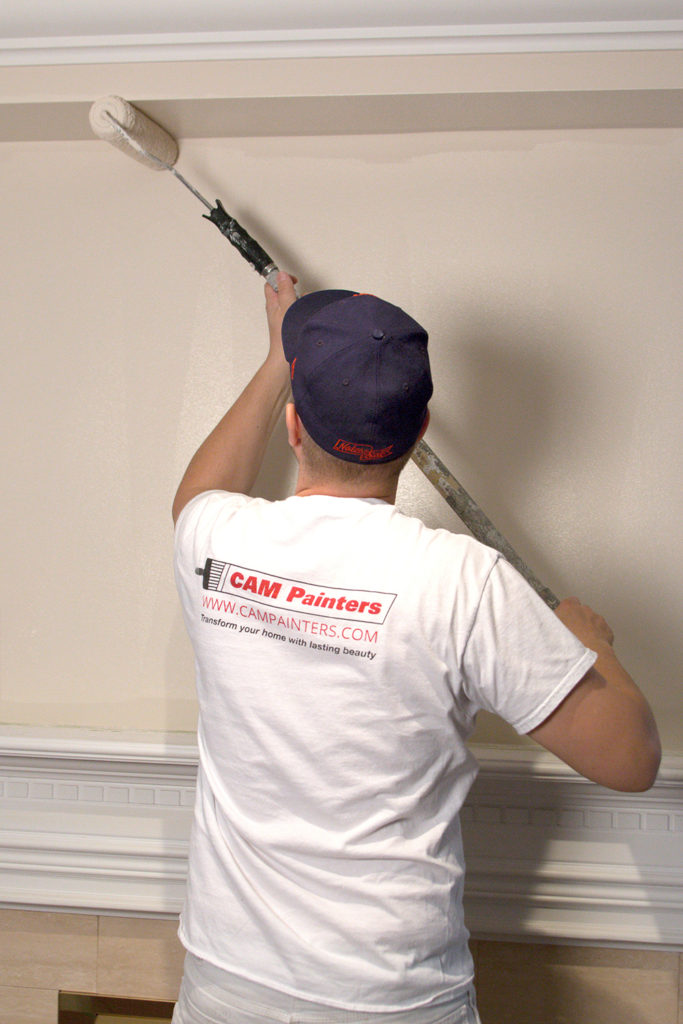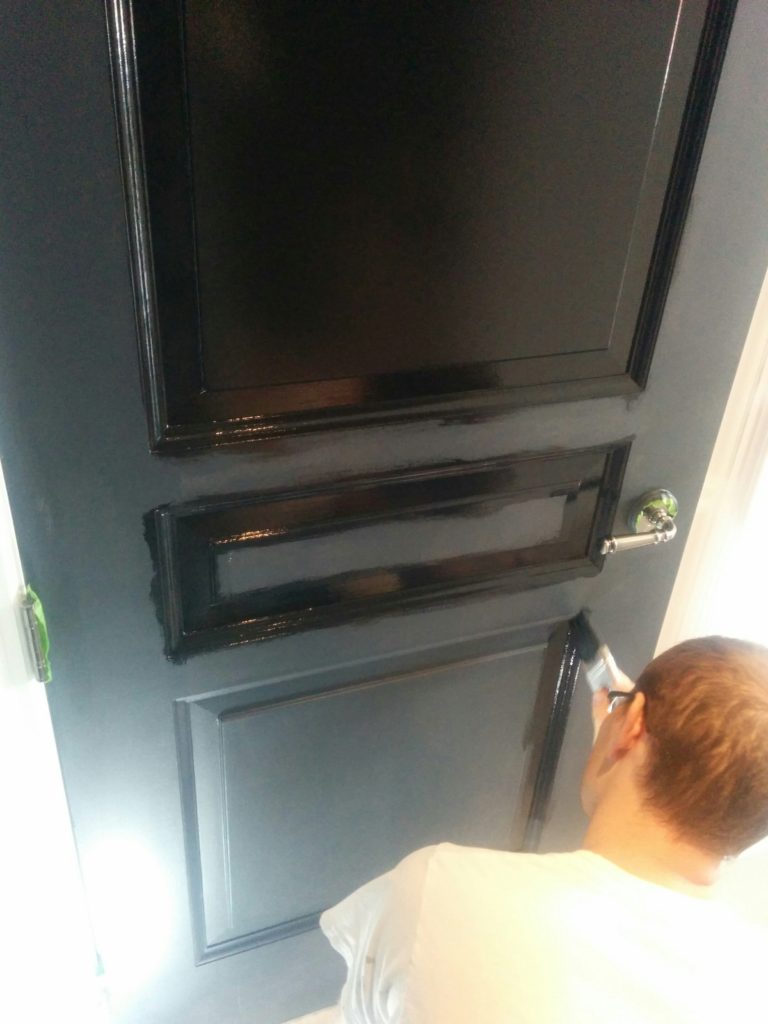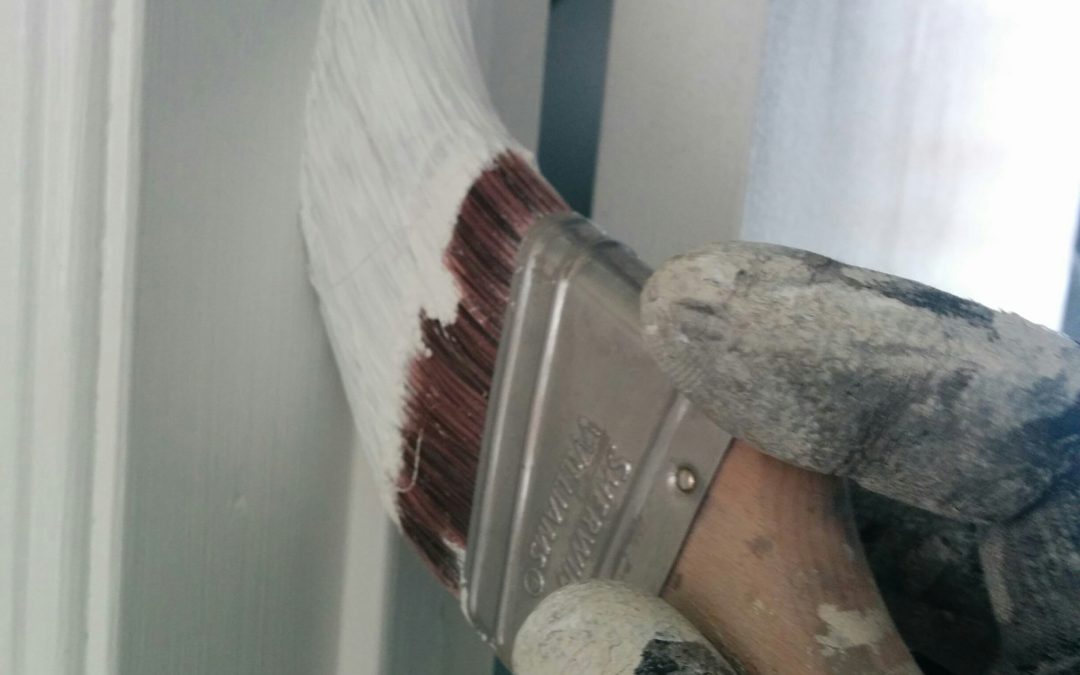There has been a lot of talk about paint and primer in one products. Are these all they’re cracked up to be? Are they much different than regular paint?
Whenever I mention the need to prime before painting, many times I hear from my clients “what about the paint that has the primer built-in, why don’t you just use that?”

Is paint and primer in one any different than normal paint?
In a word, “no”, it’s no different than a good quality paint. A good quality paint is self-priming in all the situations that a “paint and primer in one” product is.
If the surface is previously painted a primer is not necessary in most cases. If the surface is glossy, a light sanding will allow the new paint to adhere properly, no primer needed.
When do I need a primer?
When there is a major colour change
Paint will get better coverage over a primer, than over a paint. Therefore, if you’re going from a light to dark colour a grey primer is recommended. If you’re going from a dark colour to a light colour a white primer is recommended. The primer makes the surface porous, so that when the finish coat goes over the top the coverage is better than if it was going over a paint (which is generally less porous).
Paint and primer in one, does not give any advantages in terms of coverage over that of a good quality paint.
When painting over unpainted surfaces
There are primers designed to adhere to certain surfaces. The sole purpose of these products is to adhere to the surface, they don’t have any protective elements in them, that’s the job of the finish coat.
Paint is designed to sit up on the surface and protect it. So when you have a system of a primer, followed by a paint, you have both adhesion to the surface along with protection of the surface.

When sealing out stains
Water stains, nicotine stains and wood knots/tannin bleed can come through the finish coat. What does that mean? You’ll paint the area and then as it dries, you’ll see the stain reappear–Not Good!
What that means is that you’ve got to use a specific stain-sealing primer. Generally these are oil-based or shellac-based, which can seal more stains than a latex-based product can.
In conclusion
As we can see, there’s not a great deal of difference between the performance of a high quality paint and a “paint and primer in one” product. There are many instances when a primer is necessary even when using a “paint and primer in one” product. Therefore, when your painting contractor recommends a primer they are not trying to upsell you, they just want to give you the best end result. The best end result is a job that looks great and can stand the test of time.

So if you want a painter that will give you a great looking and durable paint job, while giving you a great painting experience along the way, why don’t you book a quote? We’d be happy to Transform Your Home With Lasting Beauty!

